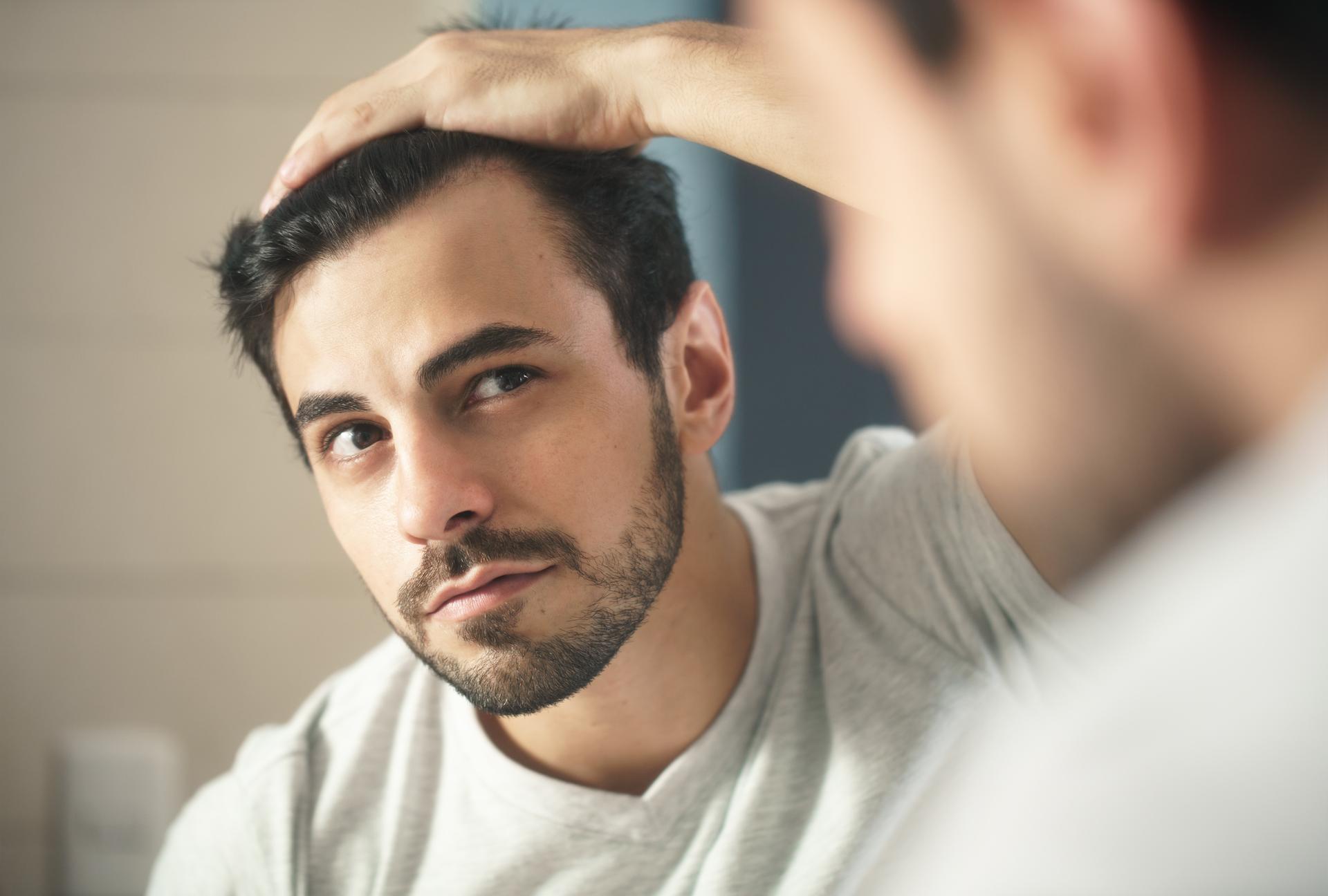Are you concerned that your hair has started losing volume? If you are looking for treatment options to stop your hair from thinning, then you are not alone. Almost everyone experiences some hair loss at some point, especially with age. Studies by the American Academy of Dermatology suggest, the body normally sheds 50 to 100 strands of hair in a day. If you notice that your hair fall is significantly more, your hair may be thinning. Thinning hair can be linked to diet, nutritional deficiencies, age, stress, and most commonly, androgenetic alopecia, also known as pattern baldness.
To counter thinning hair, the best course of action would be to consult your dermatologist. Once the underlying cause of your hair thinning is determined, your dermatologist can recommend the right treatment or medication for you.
The Following Are Treatment Options for Hair Thinning:
1. Medications like Minoxidil and Finasteride
Minoxidil (also known as Rogaine) and Finasteride (or Propecia) are FDA-approved drugs commonly used to treat hair loss due to androgenetic alopecia. Minoxidil is a topical solution that can be applied directly to the desired area of the scalp. You may have to use the solution for at least three to six months before seeing any significant results. Minoxidil can be purchased over the counter without a medical prescription. Finasteride is an oral prescription pill and is commonly used in men to treat male pattern baldness.
2. Hair Transplant Surgery
If your hair loss is significant and you need long-lasting, natural-looking results, a hair transplant surgery is an excellent option. Modern-day hair transplant techniques like FUE (Follicular Unit Extraction) and FUT (Follicular Unit Transplantation) not only yield optimum results but are also safe and minimally invasive. Each of these techniques involves extracting healthy hair follicles – either individually or from a strip of skin extracted from the donor area of the scalp. These follicles are then transplanted into the thinning or balding areas on the scalp. Our team of expert surgeons at the New Jersey Hair Restoration Center can help you find the right hair thinning treatment.
3. PRP (Platelet-Rich Plasma) Therapy
Platelet-Rich Plasma (PRP) therapy is an emerging, research-backed hair restoration procedure that helps counter hair loss and hair thinning. PRP is essentially a three-step treatment that involves:
- Drawing blood from the patient and transferring it into an instrument known as a centrifuge. The centrifuge is capable of separating the plasma from the rest of the components of the blood.
- After a few minutes, the blood processes and separates into platelet-rich plasma, platelet-poor plasma, and red blood cells.
- In the final step, the platelet-rich plasma is injected into the portion of the scalp where the hair is thinning.
Plasma injections are said to increase the blood supply to the hair follicles and promote cell growth, thereby stimulating natural hair growth. Most people get the PRP treatment done up to three times, with gaps of 4-6 weeks in between.
4. Laser Cap Therapy
Laser cap therapy offers an affordable and painless way to cure hair loss. It uses Low-Level Laser Therapy (LLLT) to revive inactive hair follicles and stimulate new hair growth. This technology involves the use of a 650nm wavelength laser light that irradiates photons into the scalp. The weak cells absorb these photons to re-energize the hair follicles and promote the growth of dense, healthy hair. Wearing the laser cap for about thirty minutes each day is said to deliver promising results. Besides, the laser cap is painless, non-invasive, and can conveniently be used from the comfort of your home.
5. Microneedling
Microneedling is known to be an effective, convenient, and easily-accessible cosmetic therapy that addresses hair loss. It involves the use of a hand-held roller that has tiny needles on it. When rolled on the scalp, these microneedles create pin-prick-sized wounds on the surface that are painless and non-injurious. The body notices these wounds and stimulates collagen production, a naturally-occurring protein that enhances the strength and elasticity of the hair and skin. It also stimulates scalp circulation and new cell growth, providing a healthier environment for thicker hair growth. Before opting for this therapy, discuss with your dermatologist to know if this treatment is safe for you and the type of micro-needling device you need.
Final Words
If you are experiencing signs of hair thinning, please contact our medical experts at the New Jersey Hair Restoration Center. We provide some of the best treatment options for thinning hair which is customized according to your requirement.


